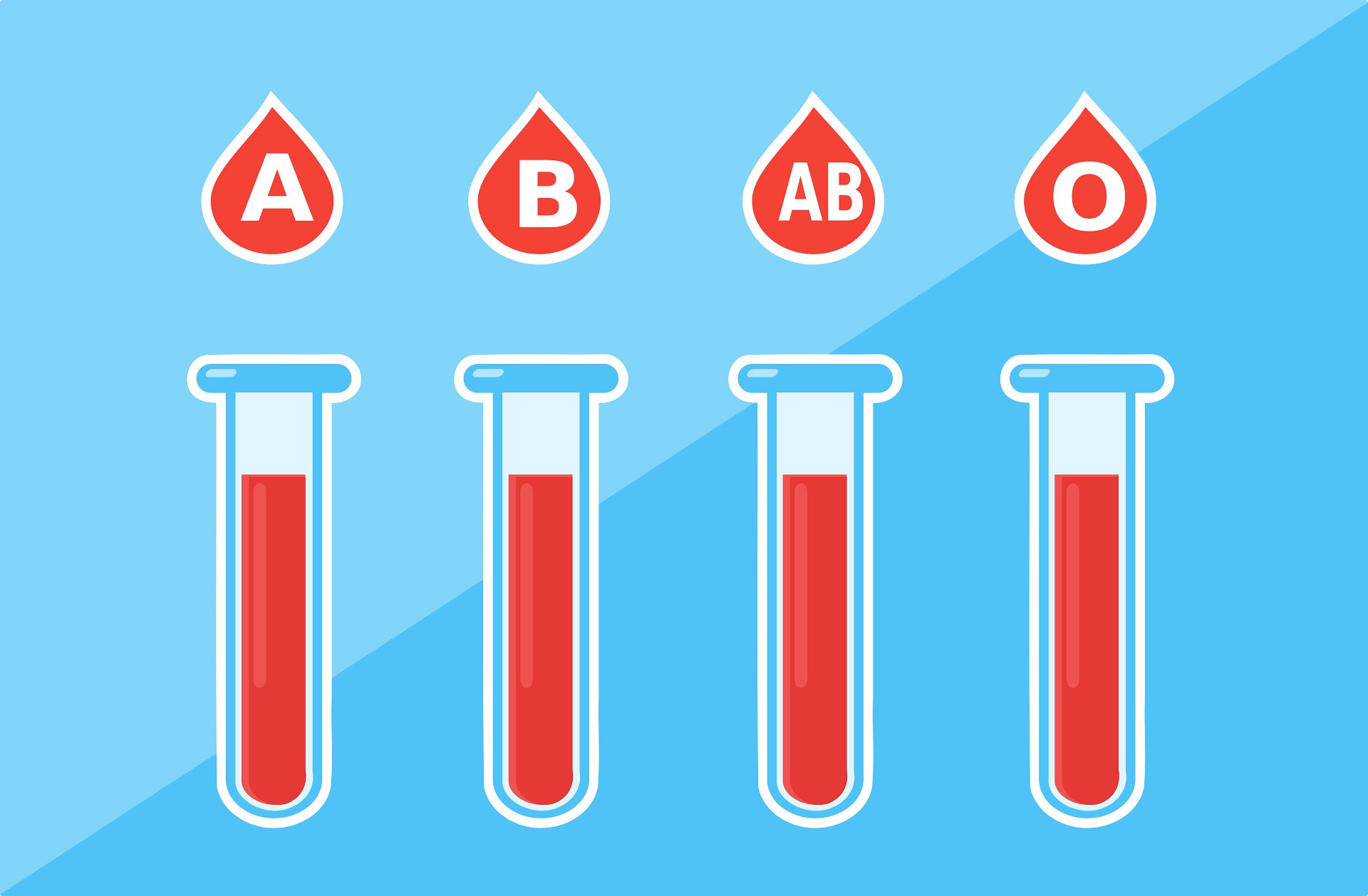Study finds how adopting an active lifestyle at any age can significantly reduce risk of death
Tue 15 Jul 2025, 01:04:26

A recent study published in the British Journal of Sports Medicine found that adopting a physically active lifestyle at any stage of adulthood can help to lower your risk of death from any cause, especially from cardiovascular disease. An analysis of 85 studies revealed that people who stay active consistently reduce their risk of mortality by 30-40%, while even those who become active later in life have a 20-25% reduction.
These findings suggest that switching to a more active lifestyle at any point in adult life may extend the lifespan, and that it's never too late to start. Currently, it's recommended that adults should aim for 150-300 weekly minutes of moderate intensity physical activity, or 75-150 weekly minutes of vigorous intensity physical activity, or a combination of the two.
The researchers say that while these recommendations were based on the best evidence available, most of it captured measurements of physical activity at only one point in time, which might hide the potential impact of changing patterns during adulthood.
The researchers therefore wanted to find out if differing patterns of physical activity, as well as its cumulative impact during adulthood, might be associated with a lower risk of death from all causes, and specifically from cardiovascular disease and cancer.
For this, they found research databases of relevant studies that assessed physical activity at two or more points in time, and included in their review.
Consistently active people (32 studies) had around a 30-40% lower risk of dying from any cause, while those who increased their levels of physical activity (21 studies) from below those recommended had a 20-25% lower risk of death from any
cause.
cause.
Specifically, participants who switched from being physically inactive to being active were 22% less likely to die from any cause than those who remained inactive, while those who increased their leisure time physical activity levels were 27% less likely to do so.
On the other hand, swapping an active lifestyle for an inactive one wasn't associated with a lower risk of death from any cause.
Generally, the associations observed between a high level of physical activity and a lower risk of death were more evident for cardiovascular disease than for cancer.
Compared with participants who were consistently inactive over time, those who were consistently active, overall, or only in their leisure time, were around 40% and 25% less likely to die from cardiovascular disease and cancer, respectively.
But in general, the evidence for the associations between physical activity patterns and death from a specific cause remained inconclusive, especially for death from cancer.
The pooled data suggested that people who were consistently active or who became active had lower risks of death from any cause, and specifically from cardiovascular disease, when meeting the recommended weekly physical activity levels.
But being consistently physically active and clocking up more than the recommended maximum weekly amount of moderate to vigorous intensity exercise was associated with only a small additional reduction in risk.
Maintaining or increasing physical activity at levels below the recommended weekly amount, however, was associated with appreciable health benefits, indicating that some physical activity is always better than none, the researchers said.
No Comments For This Post, Be first to write a Comment.
Most viewed from Health
AIMIM News
Latest Urdu News
Most Viewed
May 26, 2020
Where should be the burial of the pilgrims martyred in the Saudi Arabia bus accident?
Latest Videos View All
Like Us
Home
About Us
Advertise With Us
All Polls
Epaper Archives
Privacy Policy
Contact Us
Download Etemaad App
© 2025 Etemaad Daily News, All Rights Reserved.

























.jpg)
.jpg)
.jpg)


